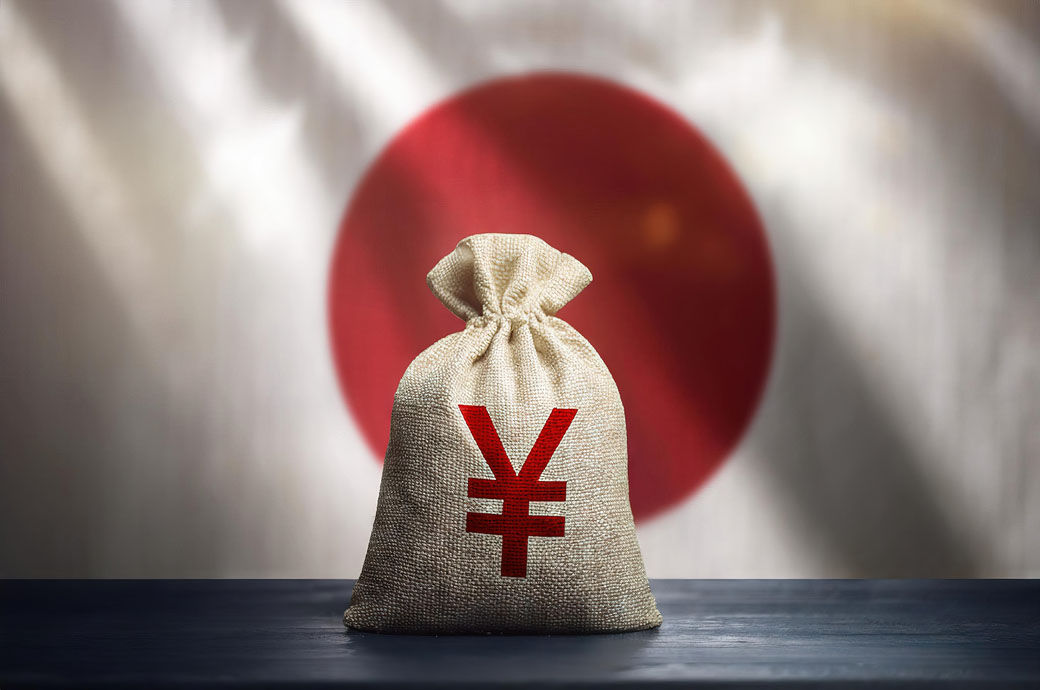
Services joined manufacturing in contraction.
Muted economic conditions and subdued new order inflows underpinned the latest downturn, according to survey respondents, with forward-looking indicators hinting at further weakness in the near term.
The slowdown in business activity was notably contrasted by an intensification of price pressures, the latter owing to rising costs. Altogether, the mixture of slowing growth and rising inflation poses a dilemma for the Japanese central bank and their current hawkish bias, Jingyi Pan, economics associate director, operations-IMPG at S&P Global Market Intelligence, wrote.
The au Jibun Bank Flash Japan composite purchasing managers’ index (PMI), compiled by S&P Global, fell to 49.4 in October, down from a final reading of 52 in September.
Falling past the 50 neutral mark, the latest reading signalled that Japan's private sector activity contracted at the start of Q4 2024. While marginal, the latest reduction in activity was the most pronounced since November 2022 and signalled a near-neutral GDP print at the opening month of the quarter.
Manufacturing output contracted for a second successive month, with the rate of reduction accelerating to a six-month high. A slowdown in goods demand was again observed in October.
Export orders fell at a solid pace and the fastest since March, altogether reflective of the wider trend of deteriorating global goods demand of late.
The seasonally adjusted PMI new orders index indicated that incoming new orders for Japanese manufactured goods and services declined for the first time since June. Moreover, the rate of decline was the sharpest since February 2022, thereby outlining a greater-than-usual reduction in new work.
Optimism about future output fell in October. Confidence about output in the next 12 months lowered for a third straight month to the weakest since August 2020, which was during the initial wave of the pandemic.
Confidence level was at a 30-month low for manufacturing. Private sector firms also added new staff at the slowest pace in the ongoing 13-month sequence, reflecting apprehension regarding activity growth.
While Japanese private sector activity fell in October, price pressures notably intensified. The rate of selling price inflation climbed for a second successive month as average input costs rose at a faster pace. Survey respondents indicated that rising input material, labour and energy costs underpinned the latest intensification of cost pressures.
Selling price inflation remained steeper within the manufacturing sector compared with services.
The latest uptick in cost inflation therefore outlined the likelihood for Japan's inflation to remain at around 2 per cent in the coming months.
Fibre2Fashion News Desk (DS)